This article was co-authored by Joshua Grahlman, PT, DPT, FAFS. Dr. Joshua Grahlman, PT, DPT, FAFS, is the Founder and Chief Athlete Mechanic of Clutch PT + Performance, a private physical therapy clinic specializing in sports and orthopedics in New York City. With more than a decade of experience, Dr. Grahlman specializes in treating acute and chronic pain and injuries, sports performance optimization and post-operative rehabilitation. Dr. Grahlman earned his Doctorate of Physical Therapy (DPT) from Columbia University College of Physicians and Surgeons. He is one of just a few DPTs in New York City recognized as a Fellow in Applied Functional Science through the Gray Institute for Functional Transformation (GIFT). He is certified in Active Release Technique and Spinal Manipulation and is a TRX Suspension Training Specialist. Dr. Grahlman has spent his career treating athletes of all levels, from Ironman Champions and Olympians to marathoner moms. He consults for Triathlete, Men’s Health, My Fitness Pal and CBS News.
There are 11 references cited in this article, which can be found at the bottom of the page.
wikiHow marks an article as reader-approved once it receives enough positive feedback. This article received 15 testimonials and 92% of readers who voted found it helpful, earning it our reader-approved status.
This article has been viewed 541,822 times.
When the summer gets extremely hot, the human body often swells. This is because the body tends to become less efficient at removing fluid from the tissues. Often, this swelling often concentrates in the feet and ankles. Other times, your joints may feel stiff or you’ll notice rapid weight gain. Luckily, there are some preventative actions to help keep this swelling to a minimum.
Steps
Fixing Your Daily Routine
-
1Stay active. You don’t have to perform rigorous exercises in the heat in order to benefit from them. Walking is a great way to prevent swelling because it gives you enough cardio to get your blood flowing. This consistent blood flow is what will prevent your body from swelling. 30 minutes of walking daily is a good amount to start with to avoid swelling.[1]
- If you already exercise regularly, keep doing what you’re doing. Consistency will be key in keeping your body regular.
- If you have to be somewhere for a long amount of time, make sure you’re getting up and moving. Avoid sitting or standing still for long periods of time because it will lead to swelling in your feet.
-
2Wear circulation boosting clothing. Avoid cotton clothes in the heat. Cotton retains moisture and will only make you hotter. Wear tights or circulation sleeves to help your vessels circulate properly.
- Look for clothing labeled with Celliant fibers. Reebok, Adidas, and Saucony are popular brands that use this a lot. It is a fiber that redirects recycled energy back into the body, increasing blood flow and blood oxygen levels.[2]
- For a more professional look, you can buy circulation tights that boost blood flow.[3] For men, you can get circulation sleeves that fit over your arms and wear these under your shirt.
Advertisement -
3Stay inside. If at all possible, stay inside during the day—especially in the afternoon. The afternoon is typically the hottest time of the day, and depending on where you live, if may not cool down in the evening. Do your outdoor activities during the morning.
Watching Your Intake
-
1Stay hydrated. A well-hydrated body is less likely to retain water. Drink at least 30-50 ounces of water each day. It will help your cells flush. If you’re going to be exercising, or if you’re pregnant, you need to drink more than this daily.[4]
-
2Stay away from dehydrating drinks. Drinks with a lot of caffeine are dehydrating and will promote swelling. Stay away from coffees and teas. Replace these with fruit infused water if you are looking for something with some flavor.
-
3Eat a proper diet.[5] Along with staying properly hydrated, it is very important to get a proper diet. Making a few changes can make a big difference in body swelling.
- Get plenty of B6, B5, and calcium. You can get these from brown rice and fresh fruits.
- Avoid processed foods. Frozen meals and canned foods contain a lot of salt. Buy fresh foods instead. If you have to get processed foods, compare brands to find the best one for you.
-
4A low salt diet (less than a teaspoon) is very important.[6] It helps reduce swelling caused by heat. The salt encourages swelling. Avoid foods like potato chips and salted peanuts. Don’t add salt into your food if you are cooking and don’t salt your meals at the table.
Reducing Swelling
-
1Elevate swollen limbs. If your legs are swollen, you can lay on your back with your legs propped up above your head. This will help reduce the swelling. If the swelling is consistently bad, try sleeping like this.[7]
- It can also help to lie on your back and put your foot up in the air. This way, the swelling can travel back toward your trunk and be reabsorbed into your lymph system so you can basically pee it out.
-
2Massage the swollen limbs. Don’t cause yourself pain, but massage the area where you notice swelling. Rub the muscles firmly to reduce fluid build-up in your muscles.[8]
-
3Stretch throughout the day.[9] If you find yourself sitting or standing in one position for a long time, take a moment to stretch. Each hour, take just 2-5 minutes to stretch. Ankle pumps, quad stretches, and calf stretches are a great way to get the blood flow without doing a lot of movement. You can do these stretches silently at your desk or while standing so that it they don’t disrupt your day.
- If your hands and fingers feel swollen, focus on shoulder and back stretches.
Community Q&A
-
QuestionIt feels like both of my hands have reduced blood flow. What can I do?
 Community AnswerIt may be that you are carrying some upper body (neck, shoulders) muscle tension. This can cause a kind of clamp-down effect on the blood vessels, which go down the arms to the hands.The reduced blood flow causes hands to start feeling cold, stiff, and numb. Try getting into a recliner in a darkened room with your feet up and your arms resting on the arm rests; then do slow, deep belly breathing.
Community AnswerIt may be that you are carrying some upper body (neck, shoulders) muscle tension. This can cause a kind of clamp-down effect on the blood vessels, which go down the arms to the hands.The reduced blood flow causes hands to start feeling cold, stiff, and numb. Try getting into a recliner in a darkened room with your feet up and your arms resting on the arm rests; then do slow, deep belly breathing. -
QuestionI've been living in a very hot climate for several weeks, so I have been adding fish sauce to my food to replace lost salts; but now I developed edema. Should I continue adding fish sauce or stop?
 Community AnswerYou should always talk to your doctor before making any major changes to your diet. That being said, try drinking coconut water or Pedialyte instead of adding salt. They're good sources of the electrolytes that need replenishing after excessive sweating. Too much salt can be bad for your heart and kidneys.
Community AnswerYou should always talk to your doctor before making any major changes to your diet. That being said, try drinking coconut water or Pedialyte instead of adding salt. They're good sources of the electrolytes that need replenishing after excessive sweating. Too much salt can be bad for your heart and kidneys. -
QuestionMy veins are protruding through my skin, what should I do?
 Community AnswerThis is pretty common for people, especially when they get older. Veins are usually painless and harmless, but if you feel pain, you should consult a doctor.
Community AnswerThis is pretty common for people, especially when they get older. Veins are usually painless and harmless, but if you feel pain, you should consult a doctor.
Warnings
- If your swelling persists and none of these changes help, contact a doctor.⧼thumbs_response⧽
- Start each day with 16 oz of water before you eat anything.[10]⧼thumbs_response⧽
References
- ↑ https://www.prevention.com/fitness/a20485587/benefits-from-walking-every-day/
- ↑ http://www.fastcoexist.com/1678703/responsive-fabric-boosts-athletes-health-you-can-wear-it-too
- ↑ https://www.webmd.com/dvt/choose-compression-stockings#1
- ↑ http://www.cbsnews.com/news/how-much-water-should-you-drink-each-day-to-stay-hydrated/
- ↑ https://www.helpguide.org/articles/healthy-eating/healthy-eating.htm
- ↑ https://my.clevelandclinic.org/health/articles/15426-sodium-controlled-diet
- ↑ https://health.clevelandclinic.org/6-best-ways-relieve-swollen-feet-ankles-home/
- ↑ http://www.mayoclinic.org/diseases-conditions/edema/basics/lifestyle-home-remedies/con-20033037
- ↑ https://www.health.com/fitness/everyday-stretches
About This Article
If you want to prevent your feet from swelling in the hot weather, stay active and wear tight clothing to help boost circulation. Also, stay inside as much as possible, and drink lots of water to help your cells flush themselves. Once you have already swollen, try to raise the joint above your head and massage the muscles in the limb to reduce fluid build-up. To learn how to eat to reduce swelling, read more!
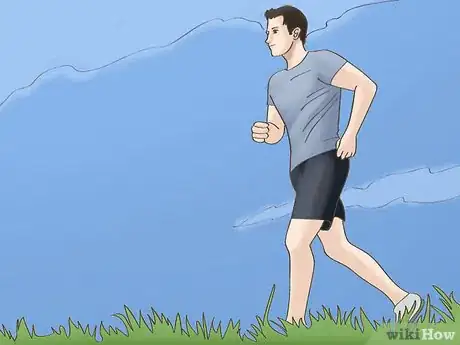
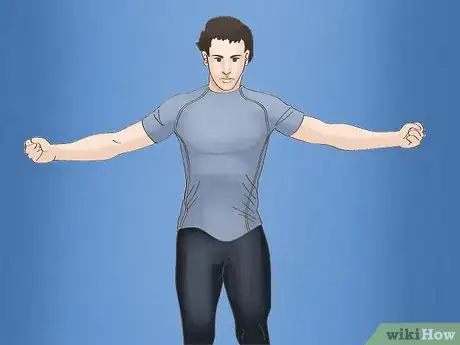
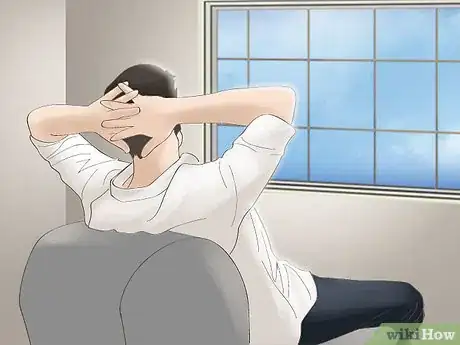
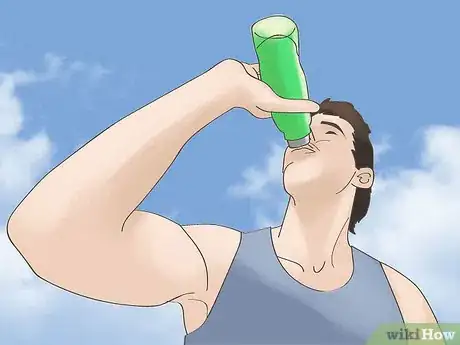
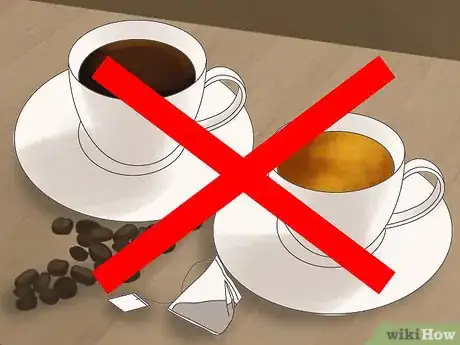
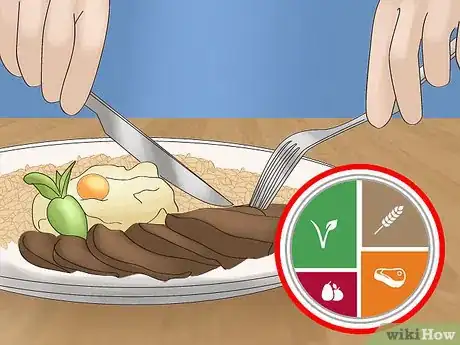
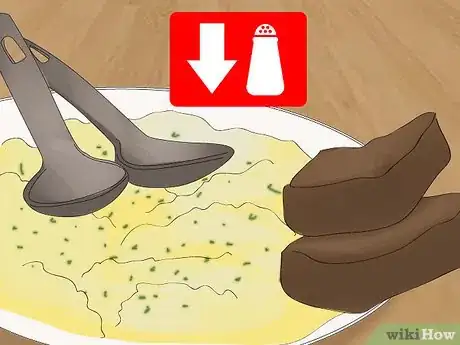
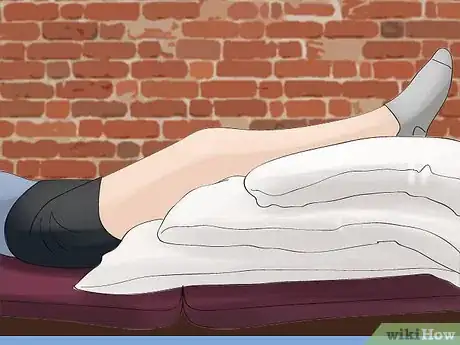
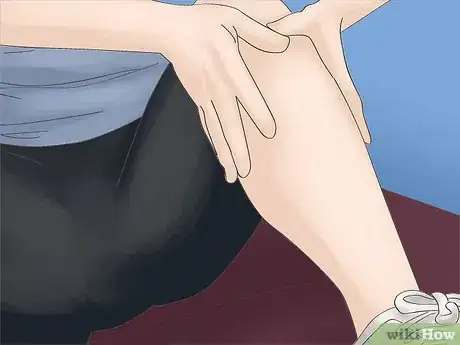
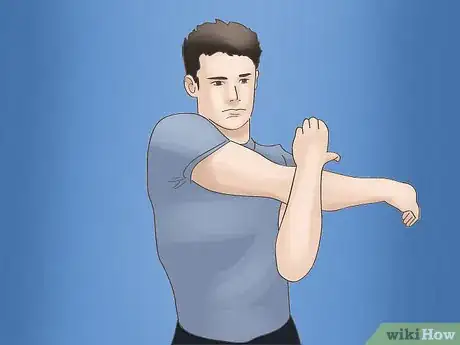
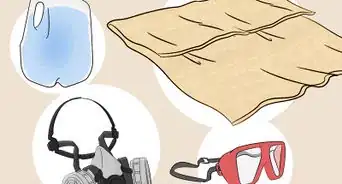
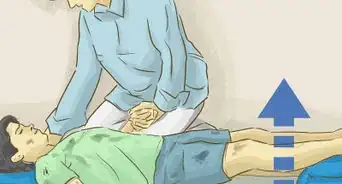


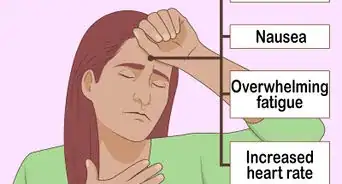

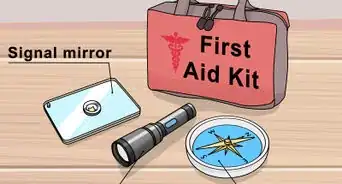

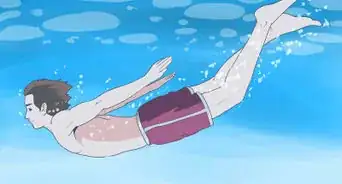
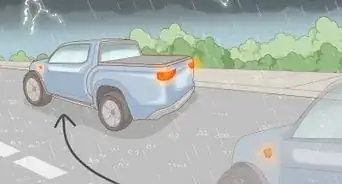
-Step-13.webp)

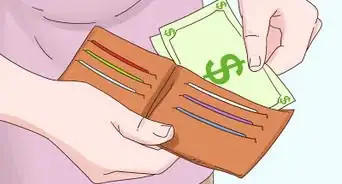
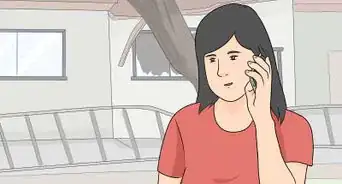











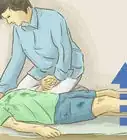





































Medical Disclaimer
The content of this article is not intended to be a substitute for professional medical advice, examination, diagnosis, or treatment. You should always contact your doctor or other qualified healthcare professional before starting, changing, or stopping any kind of health treatment.
Read More...